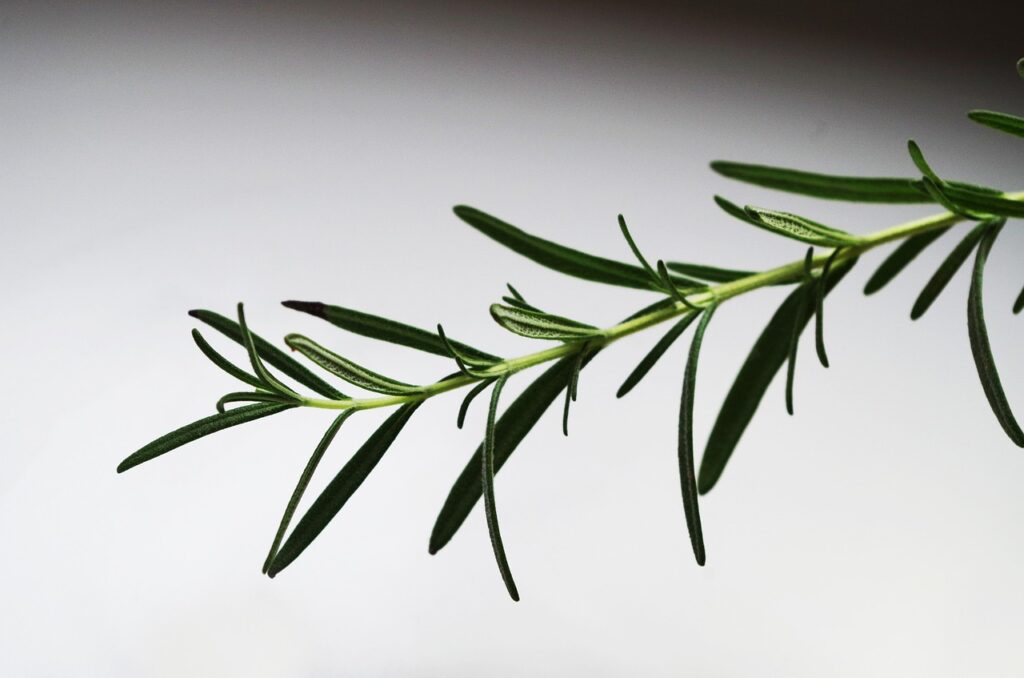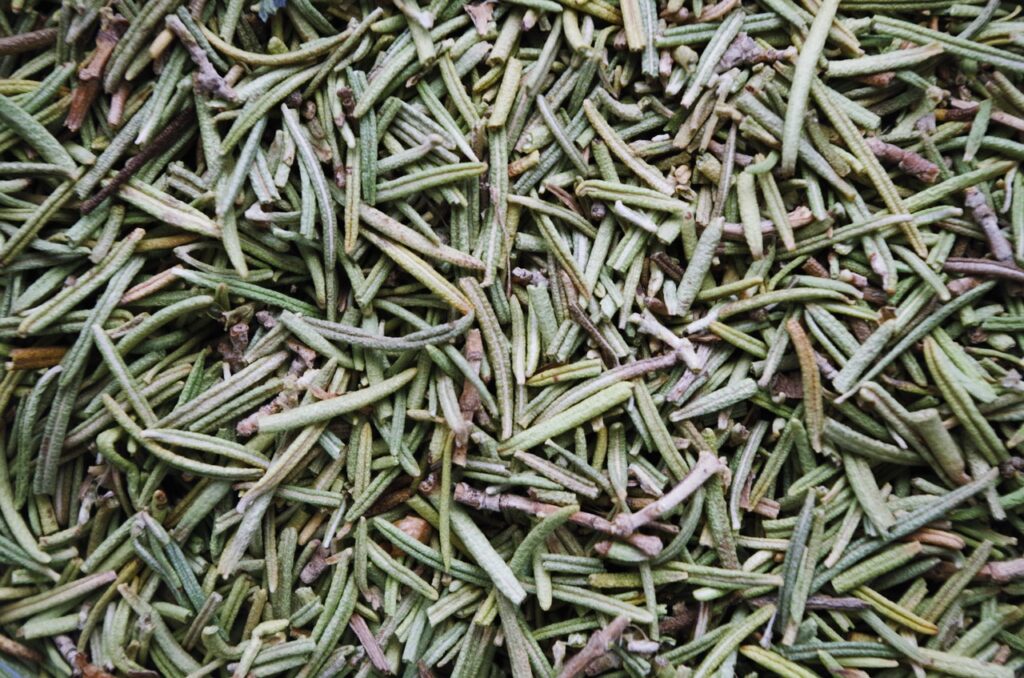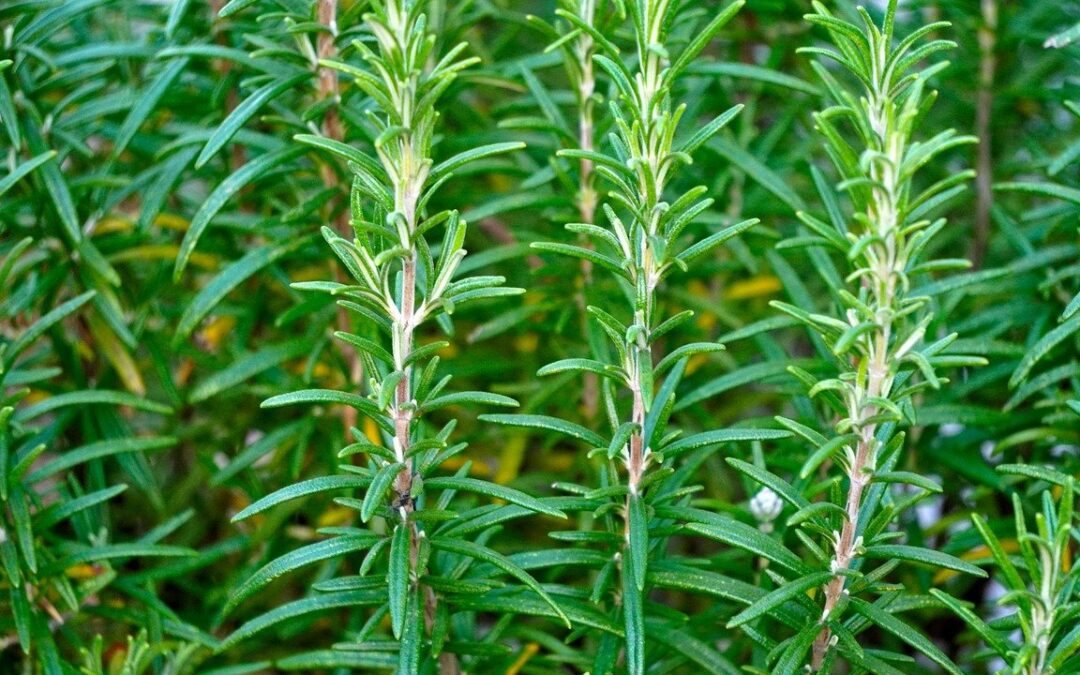Rosemary (Rosmarinus officinalis) – is a species of aromatic shrub that grows up to 2 meters high and belongs to the Lamiaceae family.
Rosemary comes from the Mediterranean basin, and has long been cultivated in many other regions, often wild. It is very often grown as a houseplant.
What is rosemary?
Rosemary has been present in Polish culture for centuries – as a symbol of love and fidelity.
Formerly, in folk culture, the rosemary wreath played an important role in wedding ceremonies. A wreath for the bride, richly decorated with ribbons, is made of its twigs.
bouquets with interwoven rosemary branches were also worn by wedding guests, bridesmaids and groomsmen
In Christian culture, rosemary accompanies the images of the Virgin Mary, it signifies purity.
Leaves and twigs are also believed to be erotic stimulating. Smelling rosemary was also supposed to stimulate love.
For a long time, rosemary has been used in herbal medicine, medicine, cosmetics and cooking as a seasoning for many dishes.
The rosemary is used in the following forms:
1.dried whole herb,
2.dry, powdered extract (capsules),
3.preparations of fresh or dried leaves, such as alcohol tinctures, teas and liquid extract
4. volatile oil (for external use, not oral).
Rosemary – active substances
In addition to essential oil, rosemary also contains a number of other compounds with biological activity, for example flavonoids – compounds with antioxidant properties and helping to remove toxins, as well as tannins and terpenes that give this plant its characteristic aroma, as well as vitamins.
Rosemary oil is obtained by steam distillation of twigs and fresh leaves.

How rosemary does work?
It soothes stomach aches
Improves digestion,
Has an anti-ulcer effect,
It works as cholagogue and protects the liver
Has a diuretic effect,
Has a calming effect on the central nervous system.
It improves mood and memory
It may contribute to the prevention of brain aging and thus Alzheimer’s disease
It has antibacterial and antifungal properties.
Antioxidant effect of rosemary
The antioxidants in rosemary can neutralize free radicals that are one of the causes of aging
Rosemary and diabetes
Rosemary can be used by diabetics because it contributes to an increase in insulin levels and at the same time lowers the level of glucose in the blood,
also protects against ophthalmic complications of diabetes.
Rosemary is also used in cosmetics as an ingredient in shampoos, masks, peelings and anti-dandruff preparations.
The smell of rosemary repels insects, including mosquitoes and ticks
How to use rosemary oil?
Rosemary oil can be inhaled by inhalation, then it facilitates breathing and soothes unpleasant symptoms of a runny nose or a cold.
It can also be used topically – then it has a warming effect and gently relieves pain.
 Rosemary – a spice in the kitchen
Rosemary – a spice in the kitchen
A sprig of rosemary is also a great spice, and rosemary is best known for this use. Since it has a strong and spicy aroma, it will greatly enrich the taste and aroma of dishes, especially Mediterranean ones, but also enhance the taste of poultry, lamb and even fish. Interestingly, it can also be added to wine and beer.
AUTHOR: Dr n. farm. Andrzej Tarasiuk




